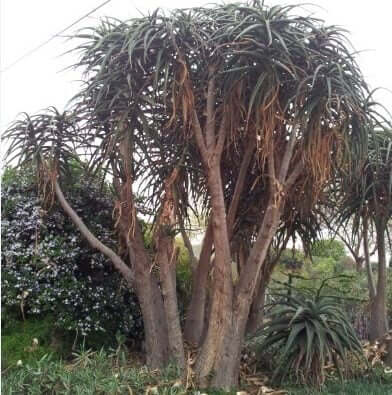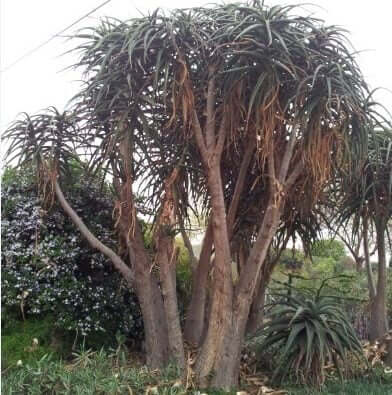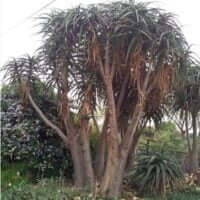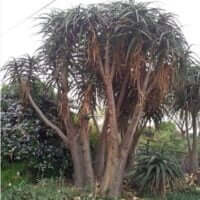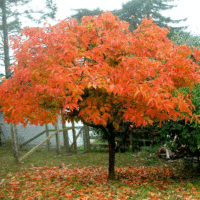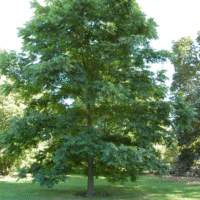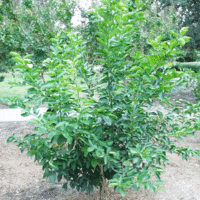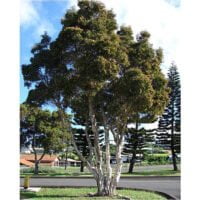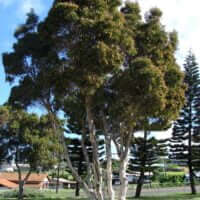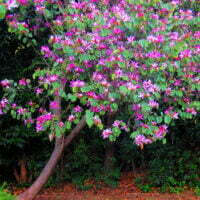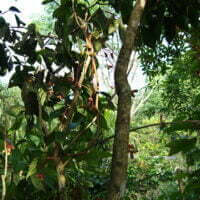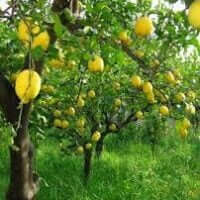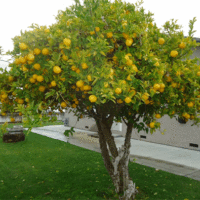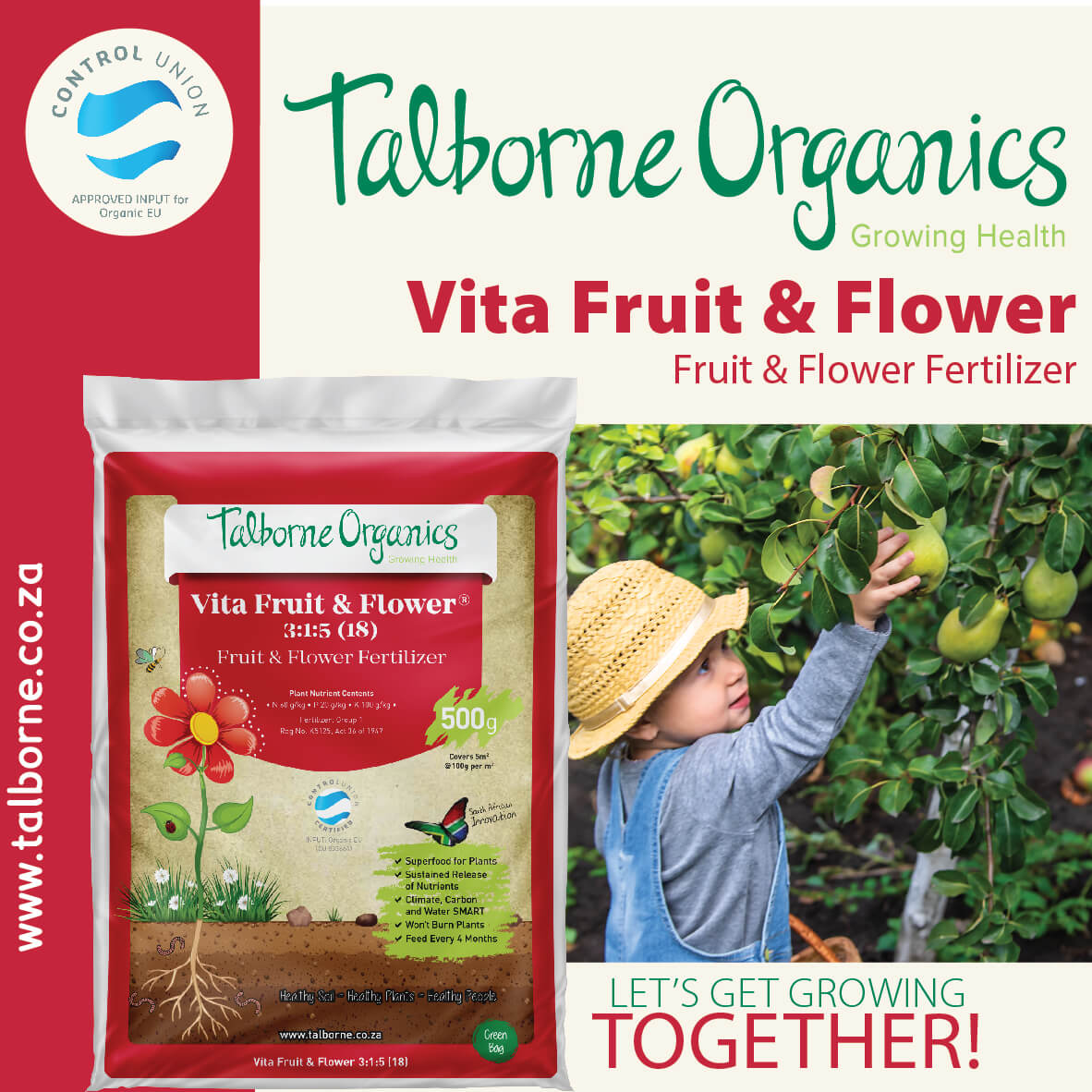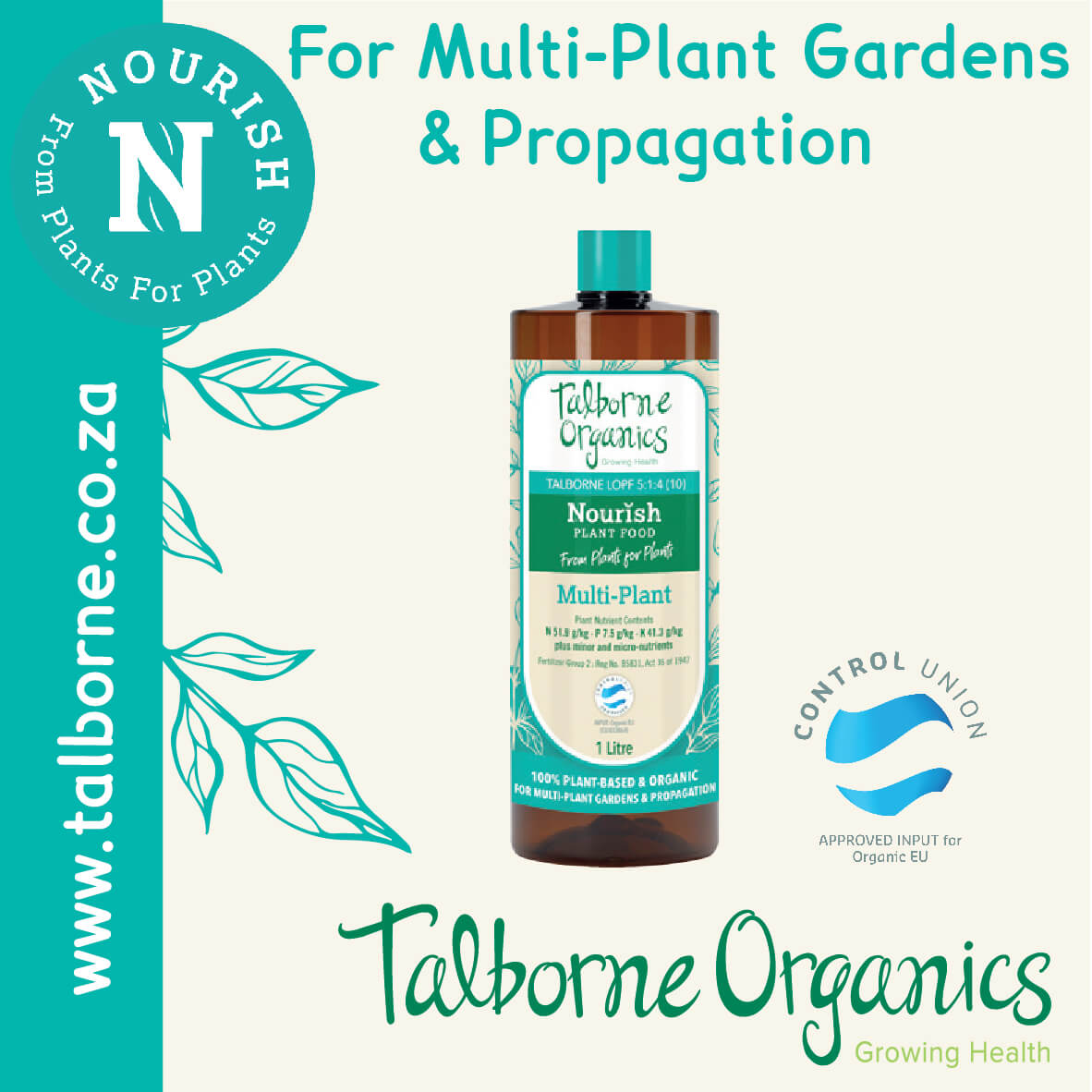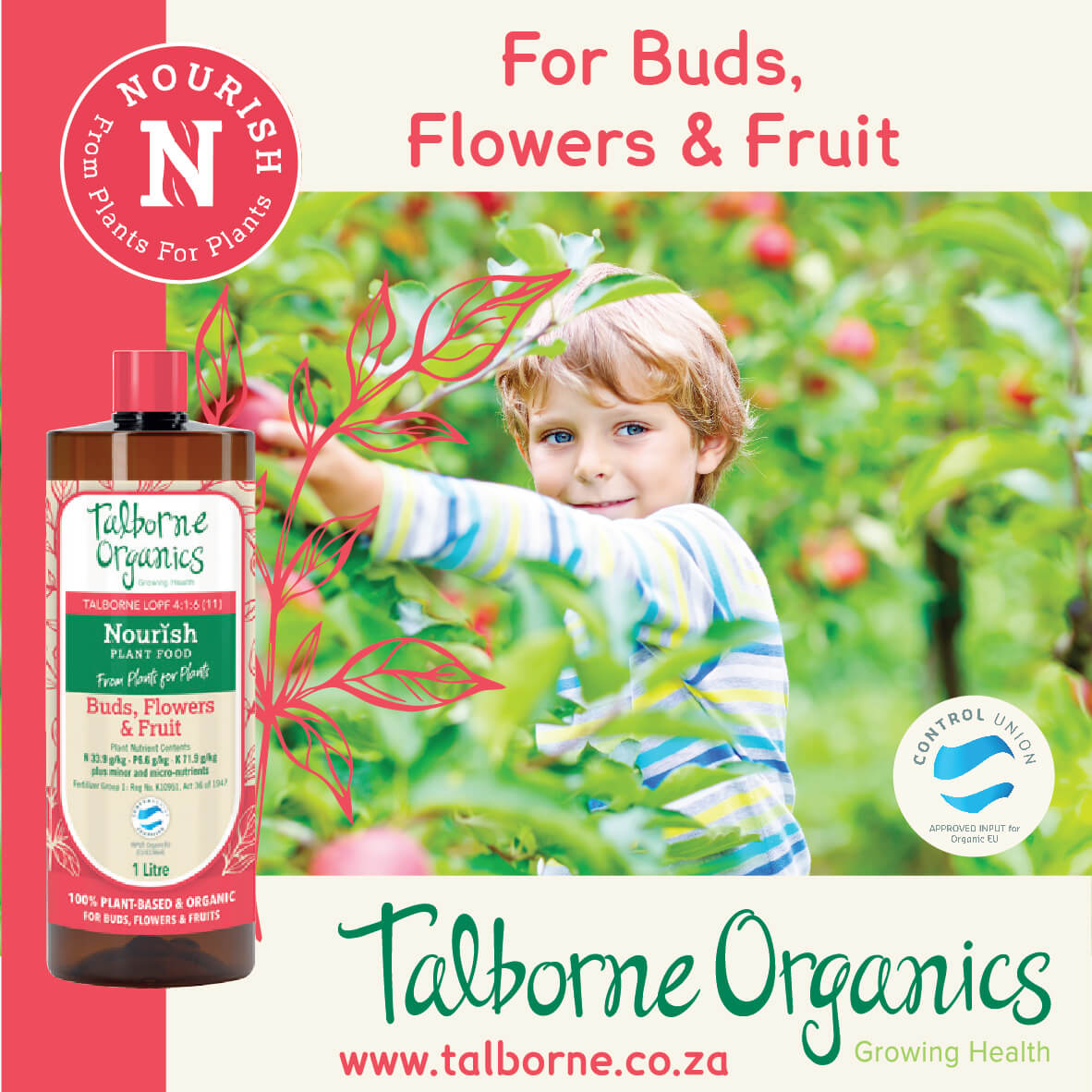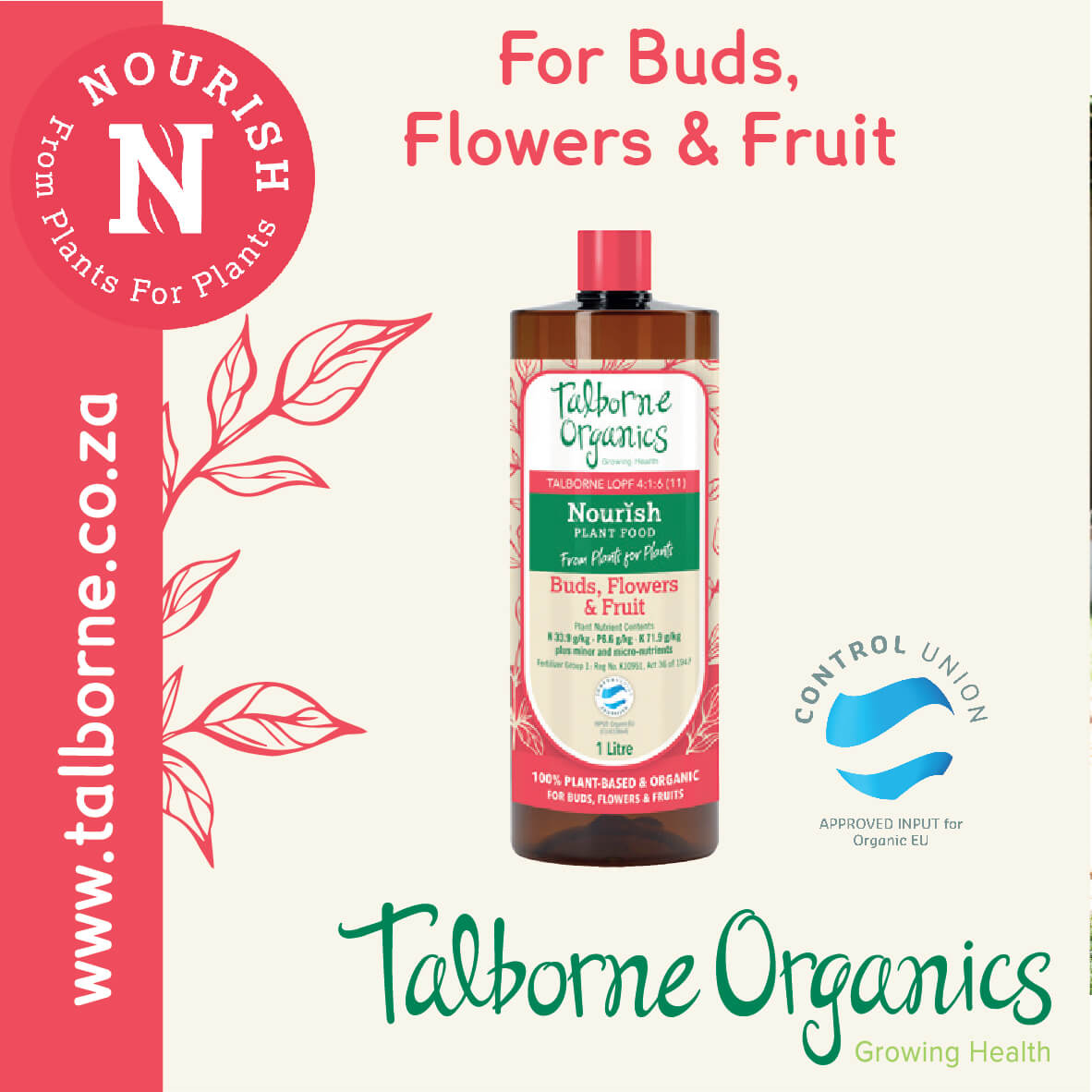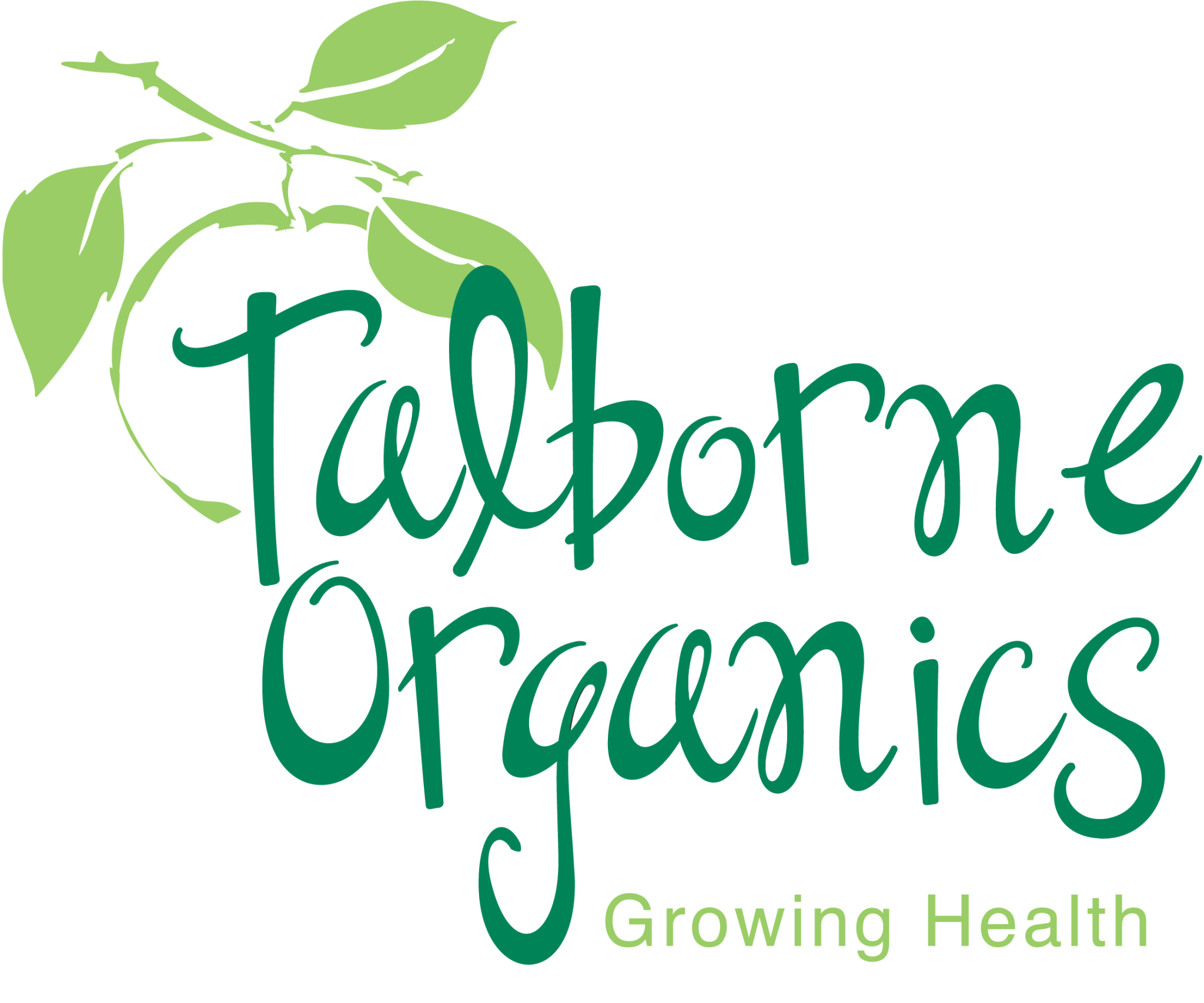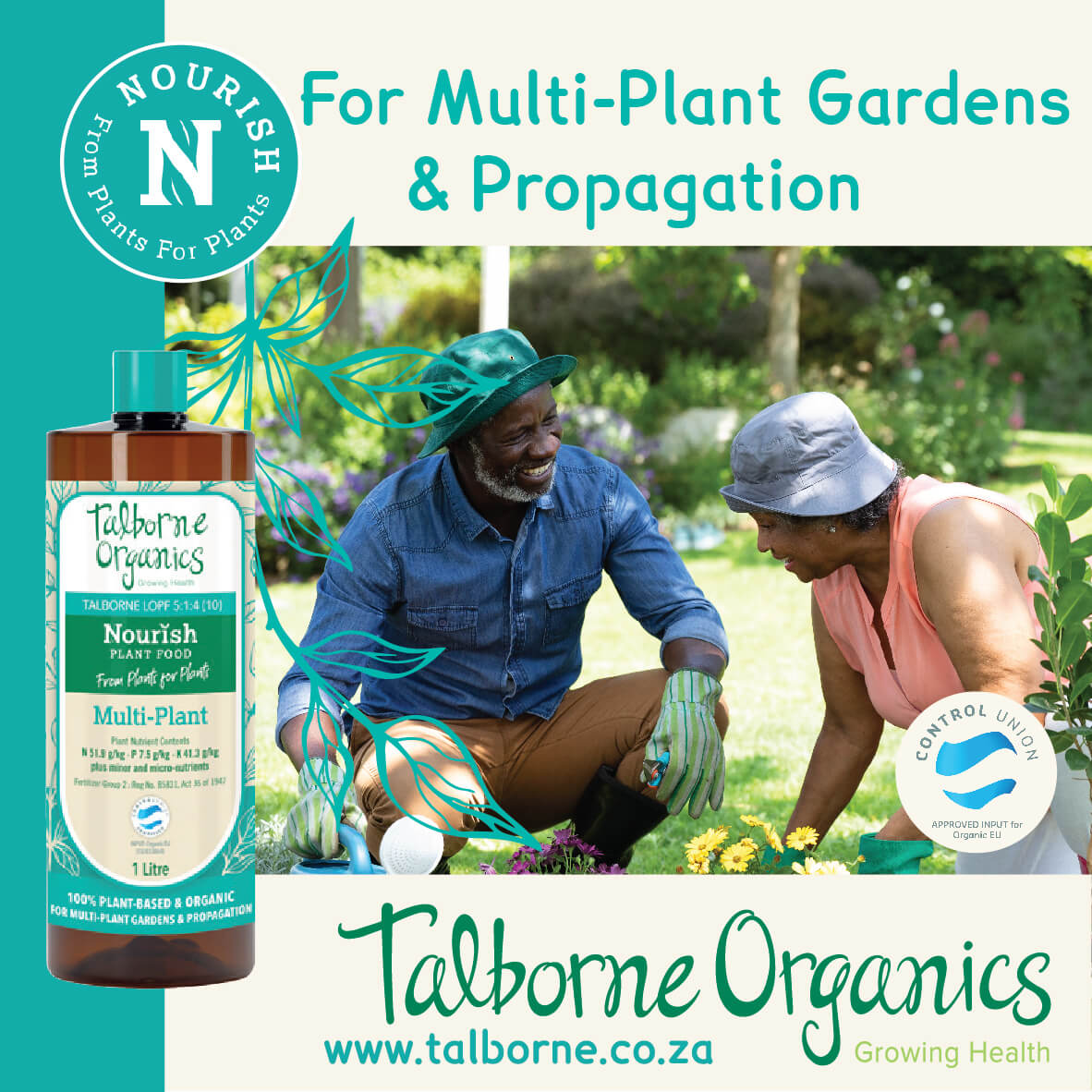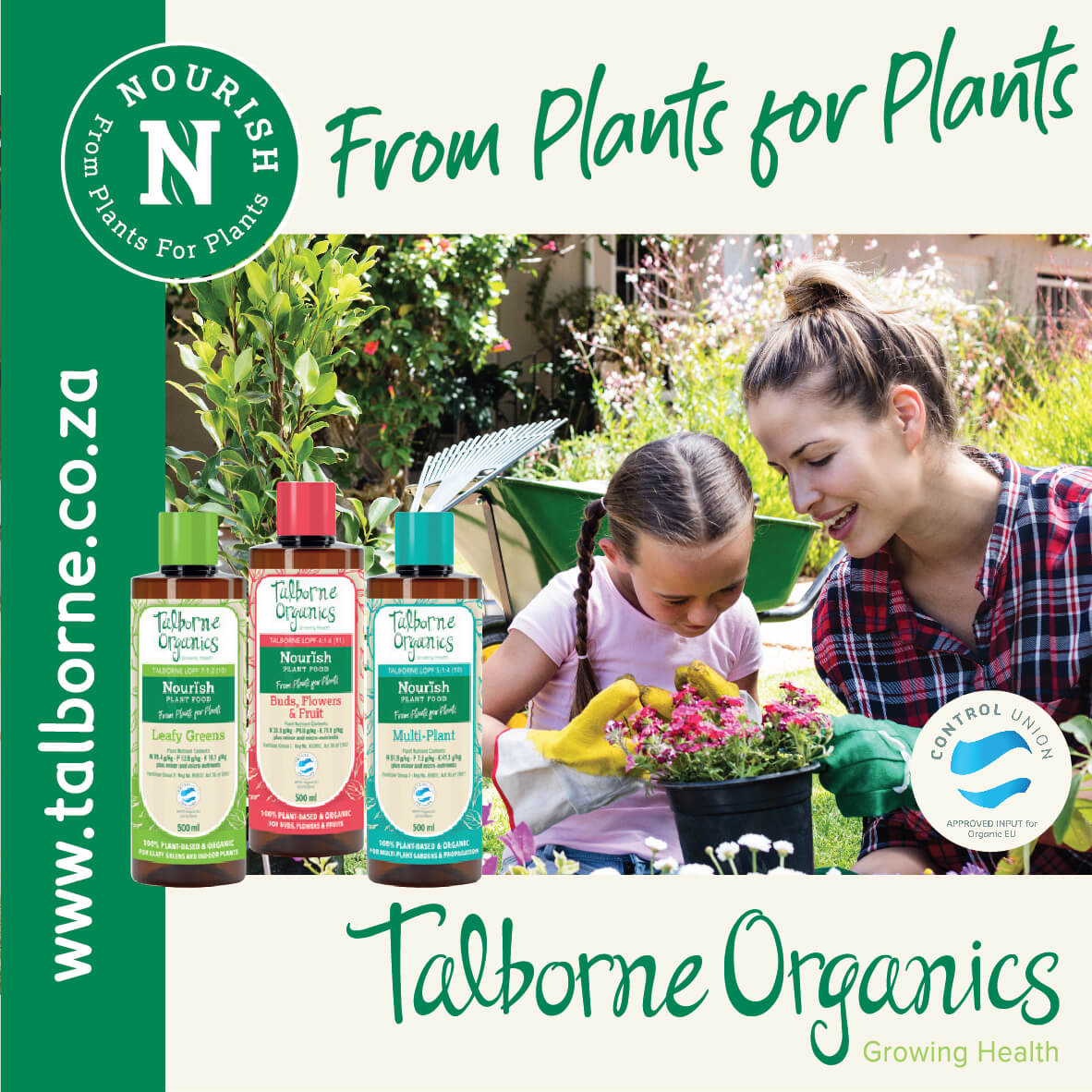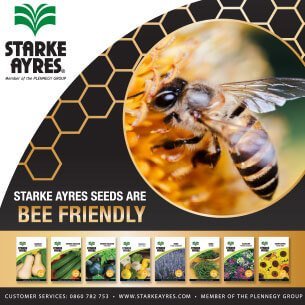| Botanical name | Aloe barberiae |
|---|---|
| Plant Care |  Full Sun Full Sun – Prefers 6 or more hours of sun per day. Frost Hardy Frost Hardy – Can Handle frost without damage.  Low Watering Low Watering – Requires Little Water.  Low Maintenance Low Maintenance – Requires little maintenance.  Indigenous Indigenous – Originates in South Africa. |
| Size | |
| Categories | |
| Flowers | May June July This plant bears rose-pink to orange flower spikes in Winter. |
| Common name(s) | Tree Aloe |
| Origin | |
| Foliage | The foliage are in clusters on the tips of the branches. |
| Uses in landscape design | Often used as an attractive focal point in the garden. |
| Drought tolerance | High |
| Soil conditions | Well drained |
| Wildlife attractions | birds , butterflies |
| Interesting info | The biggest member of the aloe family. |
Aloe barberiae (Tree Aloe)
- Botanical name: Aloe barberiae
- Common name(s): Tree Aloe
- Categories: Aloes and Succulents, Trees
Plant description:
This tree is known to be Africa’s largest Aloe and is also popular for its large, smooth grey single stem as well as for its neat rounded crown of dense succulent foliage rosettes. Often used as an attractive focal point in the garden and as a result has become one of the regulars in modern gardening.
Synonym: Aloe bainesii
Botanical Pronunciation: AL-oh BAR-ber-ay
Aloe barberiae requirements and features
info on these icons
Moderate Maintenance
Requires moderate maintenance.
Prohibited Use Notice: No Data Scraping Allowed Except for Search Engine Indexing:
The content provided on PlantInfo.co.za is intended for personal, non-commercial use only. Unauthorized extraction, reproduction, or use of the data, including scraping, for any purpose other than search engine indexing is strictly prohibited. Violations of these terms may result in legal action. By accessing and using this website, you agree to comply with these conditions and acknowledge the legal restrictions on the use of our content.
May June July
This plant bears rose-pink to orange flower spikes in Winter.

The foliage are in clusters on the tips of the branches.

Related plants
Fruits and Vegetables
Fruits and Vegetables
Fruits and Vegetables
Shrubs and Perennials
Melaleuca species (Melaleuca, Broad-leaved Paperbark, Punk Tree, Tree Paperbark)
Climbers and Creepers
Shrubs and Perennials
Fruits and Vegetables
Fruits and Vegetables






